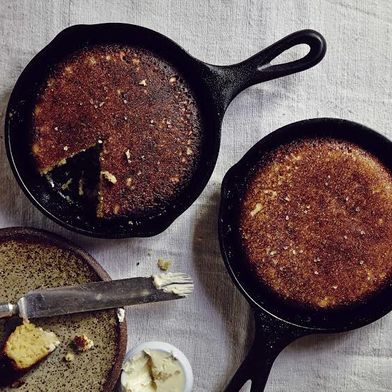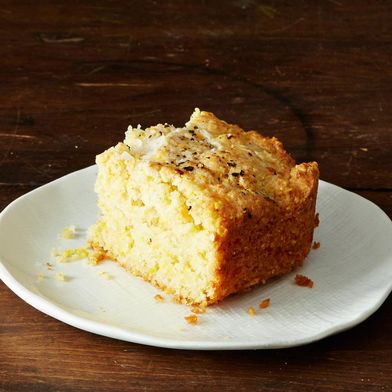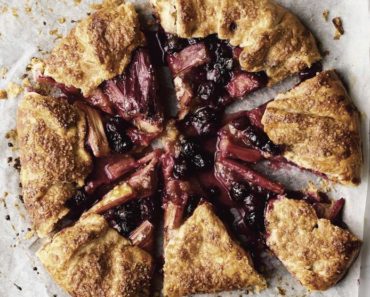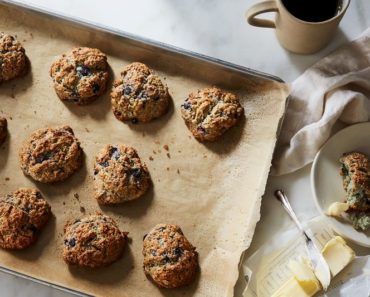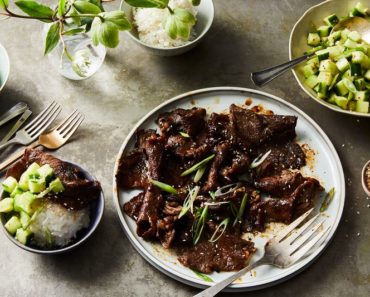Like many Northerners, I grew up on sweet, fluffy corn bread, halfway between muffin and cake. We bought it at the supermarket, bundled in plastic, oily from fat, which was maybe butter, probably oil, never lard. I first learned about proud, Southern cornbread in 2014, thanks to Heritage by Sean Brock. That same year, I moved from New York to North Carolina—not because of the book, but wouldn’t that be something?—and its pages became my field guide:
“My cornbread has no flour and no sugar. It has the tang of good buttermilk,” Brock writes. So Ina. What does good mean? Organic? Locally sourced? The ingredient list, it turned out, held the answer: “whole-milk buttermilk.” Whole-milk buttermilk? What does that mean?
Like almond milk or oat milk, buttermilk is just what it sounds like—milk made from butter. Well, sort of. There are two ways to go about it. One, fresh: Start with sweet, heavy cream, then churn (a food processor works well) until the butter and buttermilk go their separate ways. Two, cultured: Start with crème fraîche, then proceed as usual. The latter produces a bright, tangy liquid that is inevitably, naturally low-fat, because the butter hoarded most of the milk fat for itself. In other words: Whole-milk buttermilk is an oxymoron, like fat-free cream. So why, then, are more and more chefs and cookbook authors putting it on a pedestal, insisting we seek it out?
When I was in North Carolina, I worked in a bakery for years, making dozens of buttermilk biscuits every day. Whole-milk buttermilk biscuits. Locally produced, real deal, as pure as you can get. Or was it? I gave our supplier, Randy Lewis, a ring and asked him just that: “Randy, what gives? Isn’t whole-milk buttermilk—by definition—an impossibility?”
“You would be correct,” he hollered over the cows mooing in the background. This was just before 9 p.m., which is, apparently, their dinnertime. “If buttermilk were still the by-product of making butter.”
Plot twist—it’s not. At least, not according to contemporary federal food regulations. When Randy started his small-scale, family-run, fewer-than-100-cows farm, he planned to make buttermilk by, well, making butter. Turns out that traditional buttermilk would have to be called something like “cultured butter by-product beverage.” And you can imagine how this would just fly off the supermarket shelves. Mmm, get me some of that.
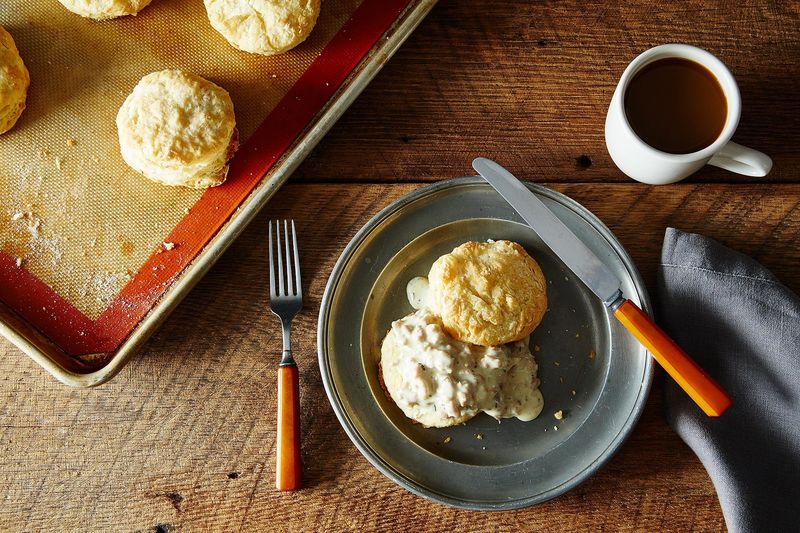
by wssmom
“Now, buttermilk is just cultured milk. It has nothing to do with butter. And whether it’s full-fat or low-fat depends on the milk you start with,” Randy explained. He starts with milk—and doesn’t separate the cream, so figure between 3.8 and 5 percent butterfat, depending on the season—then pasteurizes, cools, and innoculates it with Flora Danica, a pretty popular culture for this purpose. A little salt for taste. That’s it. Nowadays, buttermilk doesn’t get more honest than that—and it makes great biscuits, to boot.
Most mass-produced, supermarket-accessible copycats aren’t as pretty. Think thickeners and preservatives, flavorings and “real butter flakes!” Then, depending on where you live, you might be hard-pressed to find whole-milk buttermilk at all. When I lived in the South, I could—if I went to the right store, on the right day—but these products were always locally produced. Here in the North, it’s a unicorn. In 2012, Julia Moskin over at the New York Times wrote that this hunt wasn’t even worth it:
Some supermarkets carry a product called “whole-milk buttermilk” from big dairies like Gustafson’s in Florida and Marburger Farm in Pennsylvania. It is a richer milk than true buttermilk, with cultures added that move the flavor in the rich, tangy direction of sour cream. But be aware that it can also contain additives for flavor, color, and thickness.
But chefs and their books disagree, I suspect, for the same reason that food often tastes richer—and better—in restaurants: more fat, more flavor. So, what’s the best substitute for whole-milk buttermilk? And does it really make a difference? Since we now know that this is really just cultured whole milk, I went to the store and found low-fat buttermilk and cultured whole milk—in this case, kefir. And I pitted the two against each other, using the same recipe that made me wonder about all this in the first place: Sean Brock’s.
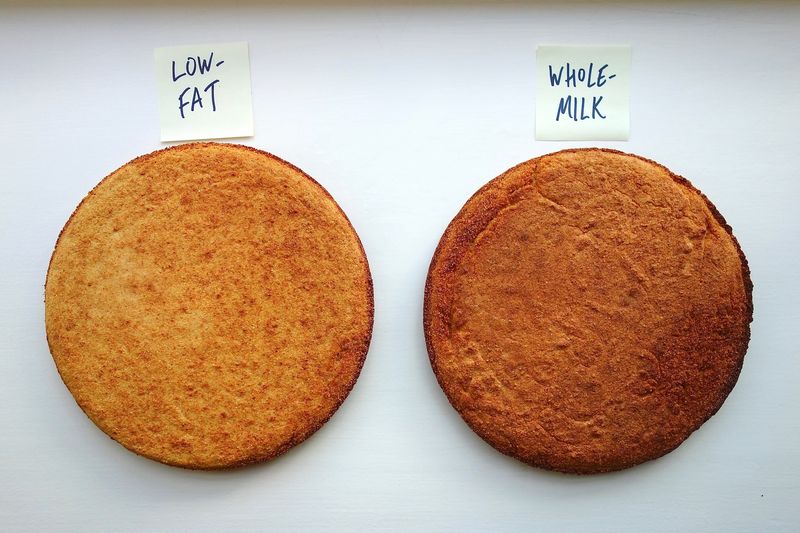
The results: cloudy with a chance of no one can tell the difference. The color on the full-fat was sort of tanner and toastier. The interiors were identical, though the crust on the full-fat was slightly thicker and sturdier. And the taste, moisture, tenderness: all but indistinguishable. When I asked people to guess, they spent a lot of time tasting, mulling, tasting, mulling, then guessed wrong.
The real crux of corn bread, it seems, isn’t the milk fat at all. It’s whether you eat it when it’s still hot from the skillet, so its crust burns your fingertips and a hunk of butter melts at first smear—or if you wait, too long, until it’s cool. Then all the fat in the world couldn’t save you.
Have you found whole-milk buttermilk? Do you have a go-to buttermilk substitute? Discuss in the comments below!
(via Food52)

